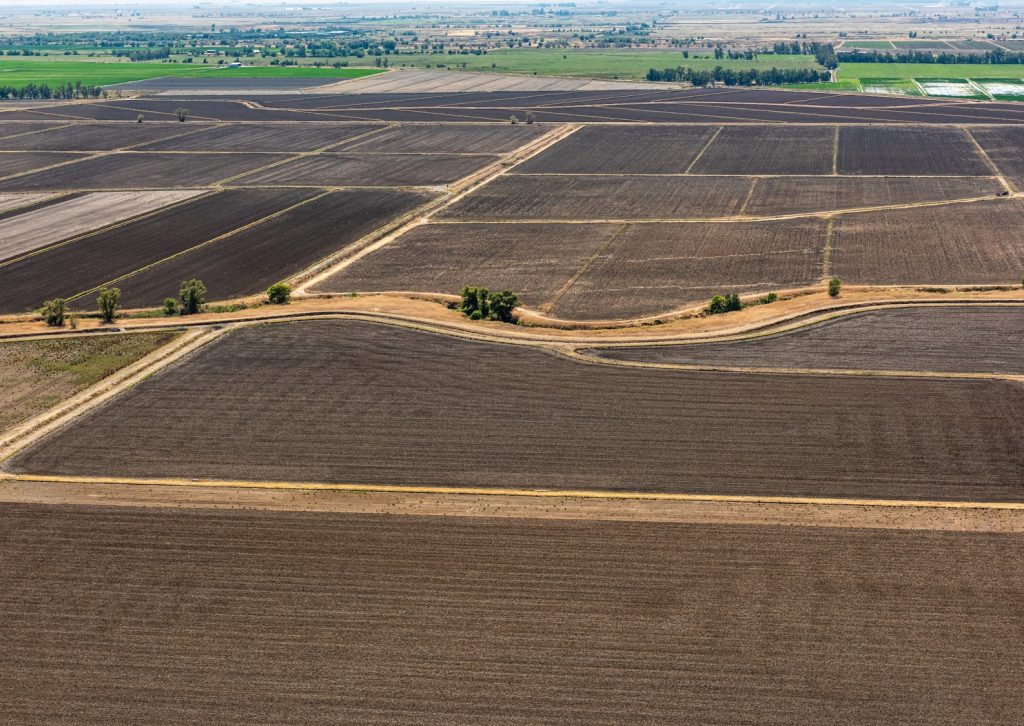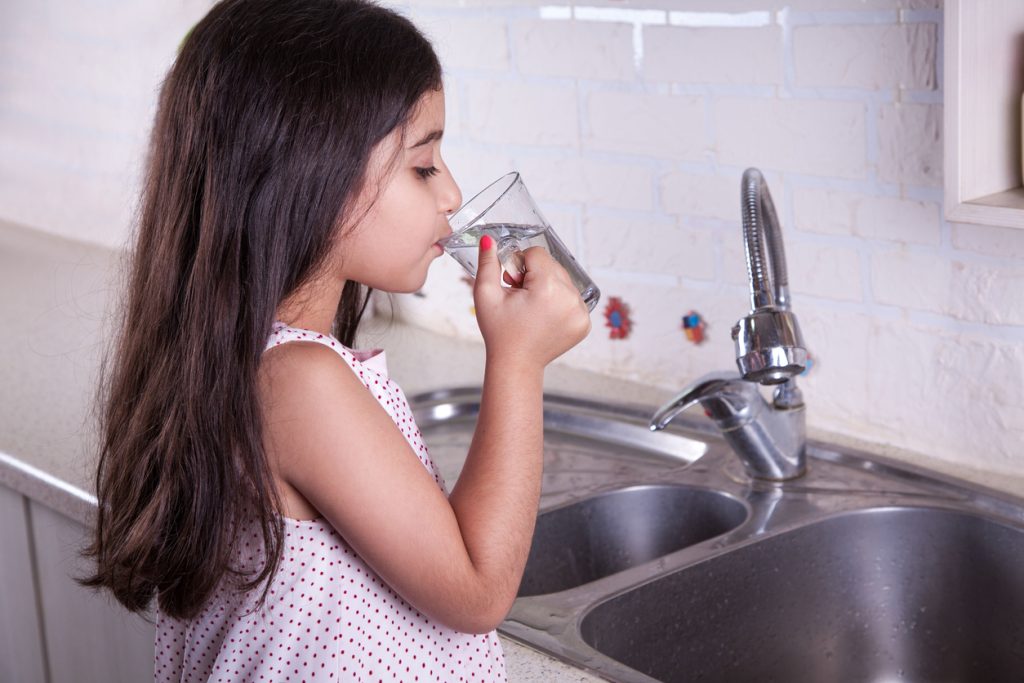By Bruce Houdesheldt, Director of Water Quality
This summer the typically verdant landscape of the Sacramento Valley has taken on the ochre color of the smoke from a forest fire. The landscape has far less water available this year, with farmland fallowed and the iconic waterfowl of the Pacific Flyway and threatened Giant Garter Snakes having far less food and safe haven in the ricelands and refuges than in most years as seen in an Unprecedent Dry Year in the Sacramento River Watershed. And water essential to human life is increasingly scarce for those who depend on small disadvantaged community systems or have a domestic well as their sole source of drinking water.

Amid a punishing drought that has left 600 square miles of farmland fallow this year on the west-side of the Sacramento Valley, which is more than 370,000 acres of farmland, nearly 80% of the total farmland in this service area, there is a group of first responders in each of our eleven counties who are talking directly with people having challenges with their drinking water and seeing how to best advance solutions in this dry year. These responders are also partnering with the Department of Water Resources, the State Water Resources Control Board Division of Financial Assistance, and community organizations, like the Rural Community Assistance Corporation (RCAC) and North Valley Community Foundation (NVCF), to help ensure safe drinking water for those who have drinking water challenges. There have also been water transfers this year to help provide water for several communities in the region.
On August 5, the North State Drinking Water Solutions Network met to discuss the current situation in each part of the Valley, the work underway to ensure safe drinking water for all (i.e., bottled water and water hauling resources), and how we can work together as a region to address the unmet needs with technical, financial, or managerial support. The goals of the Network are to ensure safe drinking water for all. To watch the meeting, which is about 2 hours, please click here.

With respect to the various financial resources available, the following was discussed:
- The $176 million in Department of Water Resources (DWR) funding from the 2021 Budget dedicated to the Small Community Drought Relief Program, of which $56 million is committed to Sacramento Valley communities for a total of 28 projects. The next phase of awards is to be announced by the end of August for the remaining funding of $95 million for Small Community Drought Relief Program and an additional $20 million is available for the Tank Program.
- Funding from the State Water Resources Control Board Division of Financial Assistance for programs like the recently approved Shasta County’s Drought Relief grant for $2,474,998 through 2024. Tehama County is in the process of submitting its grant application.
- We have been fortunate to have non-profit organizations also supporting the local communities with bottled water, hauled water, or a new well. David Little from North Valley Community Foundation (NVCF) provided an overview of the outreach and assistance they have provided in Glenn County and Yeng Lao and Deborah Almazan with the Rural Community Assistance Corporation (RCAC) provided an overview of the opportunities for a Clean Drinking Water Well Replacement Grant Program and the services they have provided 69 residences in our Valley worth approximately $934,975.
- Reagan Denny, an intern with NCWA this summer before heading off to Cal Poly San Luis Obispo in the Fall, described the Disadvantaged Communities and Severely Disadvantaged Communities scattered throughout the Sacramento Valley, which may help prioritize actions and funding for these areas.
Importantly, there are various resources available to help ensure safe drinking water in every part of the Sacramento Valley. The Network will continue to coordinate these efforts and is available to help connect local needs with state, federal and non-profit resources. The list below (with links) summarizes some of the resources available.
State of California
- Department of Water Resources Small Community Drought Relief Program
- Eligible Agencies (Counties, Cities, Special Districts, Mutuals, Non-Profits)
- Eligible Projects (Table 1 Guidelines)
- Applications Anytime (First Come, First Serve, with emergency provisions)
- SWRCB Programs
- County-wide and Regional Funding Program
- SAFER
- Support Consolidation
- Low Income Household Water Assistance Program
- DWR Drought Planning for Small Water Suppliers and Rural Communities (SB 552)
Non-Profit Organizations
- RCAC Drinking Water Programs
- Drinking Water for Schools
- Bottled Water for Schools
- Drinking Water Well Replacement Grant Program (individual households and small water systems less than 15 connections)
- Household Water Well and Septic System Loan/Grant Program
- Regionalization Facilitation Program
- North Valley Community Foundation Drought Relief Program for Glenn County – free electrical and plumbing installation of water tanks and the delivered water.
Federal Programs
- Reclamation Domestic Water Supply Projects (In new reconciliation package)




